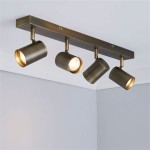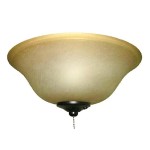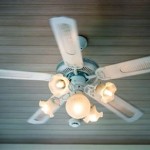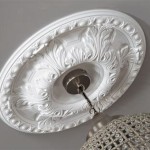Ceiling Light Shades: A Guide to Essential Aspects
Ceiling light shades are an integral part of any home lighting design. They not only provide illumination but also add a touch of style and personality to a room. When choosing a ceiling light shade, there are several essential aspects to consider, including material, shape, size, and color.
Material
The material of a ceiling light shade plays a significant role in determining its overall look and function. Here are some common shade materials:
- Fabric: Fabric shades create a soft, diffused light and are available in various colors, patterns, and textures.
- Glass: Glass shades allow light to pass through more directly, creating a brighter, more ambient light. They come in various shapes and can be transparent, frosted, or colored.
- Metal: Metal shades, such as brass, copper, or iron, offer a more industrial or modern look and can direct light downward or in specific directions.
- Acrylic: Acrylic shades are lightweight, durable, and can mimic the look of glass while being safer and easier to clean.
Shape
The shape of a ceiling light shade can influence the distribution of light in a room. Here are some common shade shapes:
- Drum: Drum shades have cylindrical sides and flat tops and bottoms, providing a uniform, diffused light.
- Bell: Bell shades are shaped like an inverted bell, with a wider bottom than top, creating a more focused downward light.
- Empire: Empire shades have a wider top than bottom, resembling an inverted cone, and direct light upward and outward.
- Pendant: Pendant shades hang from a cord or chain and can come in various shapes and sizes, providing accent lighting or illuminating specific areas.
Size
The size of a ceiling light shade should be proportionate to the size of the room. A large shade in a small room can overpower the space, while a small shade in a large room may not provide enough illumination. Consider the overall height and width of the room when selecting a shade size.
Color
The color of a ceiling light shade can affect the mood and ambiance of a room. Here are some color considerations:
- White: White shades provide a neutral backdrop for light, reflecting it evenly and creating a bright, spacious feel.
- Black: Black shades absorb light, creating a more dramatic and intimate atmosphere.
- Colored: Colored shades can add a splash of color to a room and create a specific ambiance, such as blue for calming or red for energy.
- Neutral: Neutral shades, such as beige or gray, offer flexibility and can complement a variety of décor styles.
Conclusion
Choosing the right ceiling light shades is essential for creating a balanced and harmonious lighting scheme in your home. By considering the material, shape, size, and color of the shade, you can find the perfect one to suit your style and needs. Remember, the ideal shade will not only provide adequate illumination but also enhance the overall aesthetics of the room.

Easy Fits As Does Quick And Ways To Change Your Ceiling Lights With Fit Pendant Lighting Trends Ideas 2024 Blog Där

Lamp Shades Ceiling Next
:format(jpeg)?strip=all)
Drum Lamp Shades Round Lampshades Lights Ie

Diffe Types Of Lampshades A Guide To Lampshade Varieties

Making A Ceiling Light With Diffuser From Lamp Shade Young House Love

Oval White Light Shade Elara By Collectiviste

Dual Layer Hanging Lamp Shade With Chevron Design Fabric Woodooz Home Decor

Shades Brilliant

Lamp Shade Manufacturer Of Bespoke Traditional And Modern Shades Imperial Lighting

Easy Fit Retro Pendant Light Shades Vintage Industrial Ceiling New Zealand








